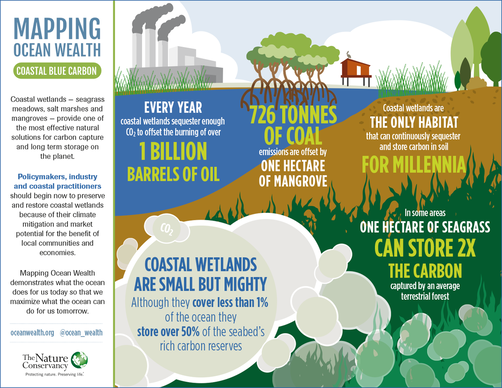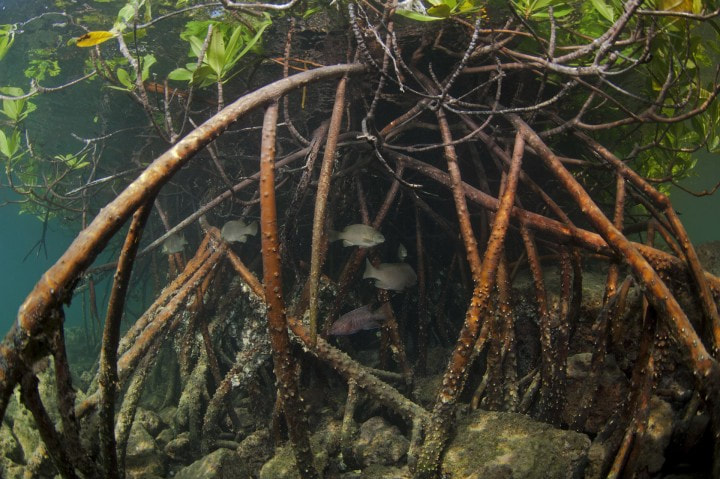|
This new year brings tremendous changes to the nation’s politics and opens up new opportunities for coastal and ocean conservation. Obviously, the new President and very different Administration top the list of changes. The Biden Administration has established responding to climate change as a top policy priority and has released a number of Executive Orders and administrative actions establishing an ambitious agenda, which faces some very long-term challenges. The political dynamics between a narrow Democratic majority Congress and Biden will be tremendously consequential as to the success of this agenda, and like past administrations in similar environments we are likely to see a reliance on administrative actions rather than legislation.  According to Pres. Biden, this ambitious and visionary plan will help slow the loss of nature, reduce the consequences of climate change, and ensure all Americans — no matter their economic status, race, or ethnicity — have access to the natural world. These “themes” all echo the work and mission of the Littoral Society, so we are heartened to hear them coming from the White House. The Ocean Conservancy describes it this way: “To align with the goals of the Paris Agreement and reach net zero emissions by 2050, the Biden-Harris administration will prioritize decarbonizing the U.S. economy. That likely includes taking advantage of ocean-based mitigation solutions, like increasing offshore wind, reducing emissions from shipping and ports, transitioning away from offshore drilling, and conserving and restoring “blue carbon” habitat (i.e. salt marshes, mangroves and seagrasses, which sequester carbon from the atmosphere). Beyond bringing the country back into the Paris Agreement, the Biden administration is expected to or in the process of taking several actions. Among them are:
A recent report found that investments in ocean-based climate mitigation measures can reduce U.S. greenhouse gas emissions by up to 13.7 percent annually by 2050.” That, in line with the initiatives from the Murphy and Cuomo administrations in New Jersey and New York, respectively, likely means increases in offshore wind proposals and expanded renewable energy goals. The Society recently released a major report which examines and discusses the necessary steps to protect fish and fish habitat in a time of changing climate and increasing use of “ocean-based mitigation solutions.” Some of the needs for responsible siting and expansion of offshore wind were outlined in the report (along with the related issue of sand mining for beach nourishment). Go to www.protectfish.org to read the full report. In particular, the effort to conserve large parts of our U.S. national land and oceans (including efforts such as the 30-by-30 program, which was endorsed by a recent executive order from Pres. Biden) touches on our habitat protection and restoration work. Operationally, it remains to be seen how this will play out: new marine sanctuary and National Monument designations (including restoring designations rolled back by the Trump administration, such as the NE Canyons and Seamount Marine National Monument) are the most likely in the ocean. We haven’t seen an explicit announcement that might increase federal land acquisition or National Wildlife Refuge expansion (think Jamaica Bay, Forsythe, and Cape May in NY and NJ), although the Great Americans Outdoor Act authorized last year is still getting up and running. Conserving more of the remaining open spaces along the coast would protect important habitats and increase coastal resiliency in the face of growing climate-related impacts. The “pause” on offshore oil and gas drilling lends weight and momentum to the effort to permanently ban drilling off the NY/NJ coast. The Littoral Society has supported NJ Rep. Frank Pallone and others in this effort. The Civilian Conservation Corps revival presents interesting opportunities regarding bringing coastal habitat restoration work to scale and growing a core of experienced coastal stewards for the future. The President has also centered equity and justice in his agenda. The recognition and formal policy acknowledgement that the costs and impacts of nature loss have fallen disproportionately on low-income communities and communities of color has been denied for far too long. The aspirational work to address this reflects the Society’s work towards a more inclusive and equitable vision for nature conservation, one that provides for communities to better achieve their own visions of conservation. Finally, there is some broad discussion about climate-ready shorelines and enhancing “blue carbon” approaches which might translate into better, more climate impact responsive coastal management, along with increased support for the type of tidal wetlands restoration and enhancement the Littoral Society has been involved in at Thompson’s Marsh along the Jersey shore of Delaware Bay, Slade Dale Sanctuary in Point Pleasant, NJ, and various sites in New York’s Jamaica Bay. In sum, a return to an administration with a positive environmental agenda reverses the dynamic of the past four years and shifts what is possible, giving the Littoral Society and its supporters (along with like-minded environmental champions across the country) the prospect of future that includes new opportunities to care for the coast in real and meaningful ways. Comments are closed.
|
Archives
July 2024
Categories
All
|


